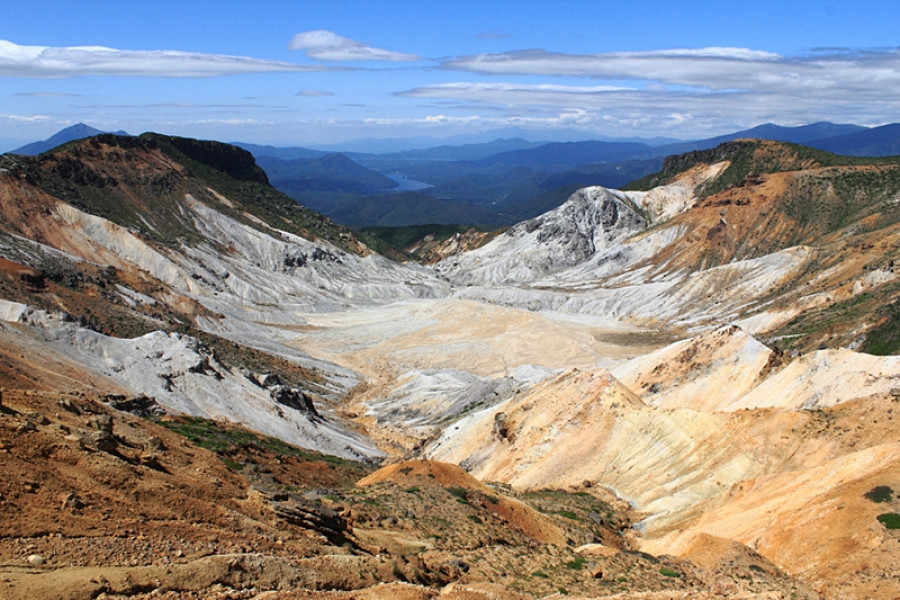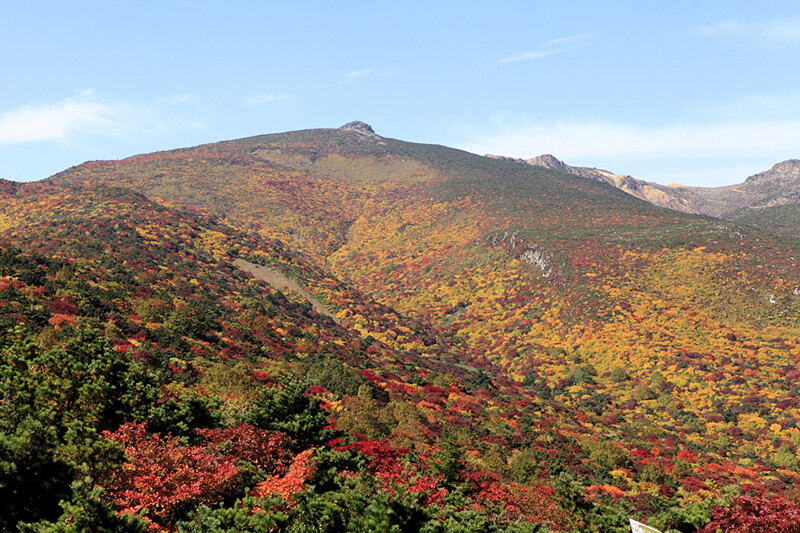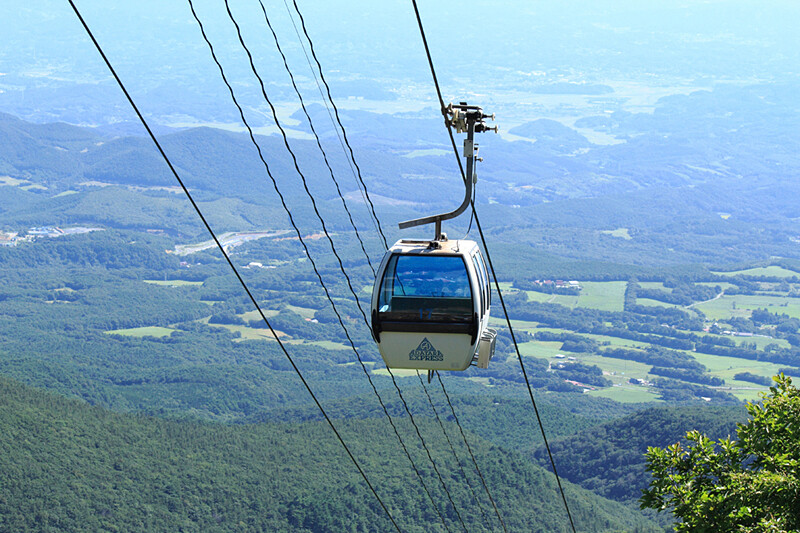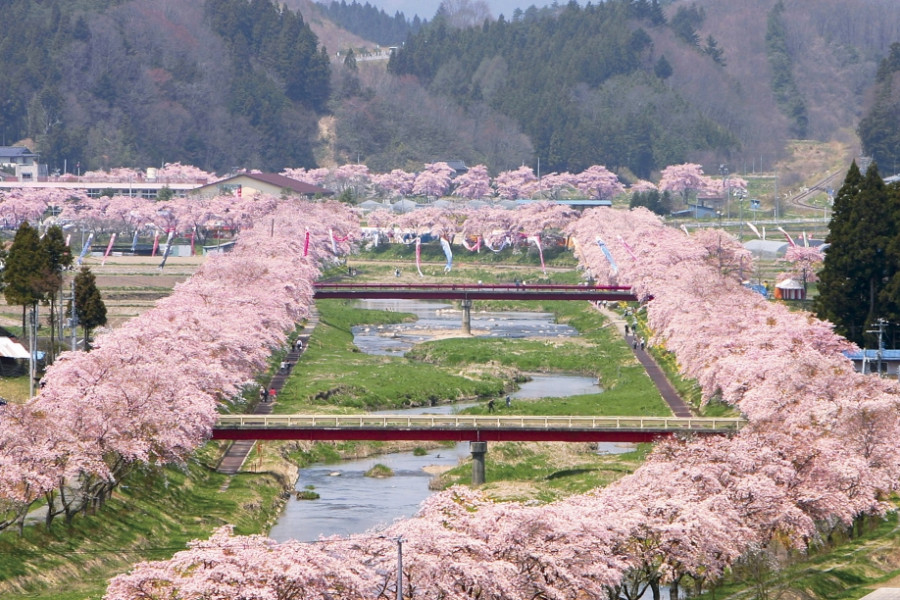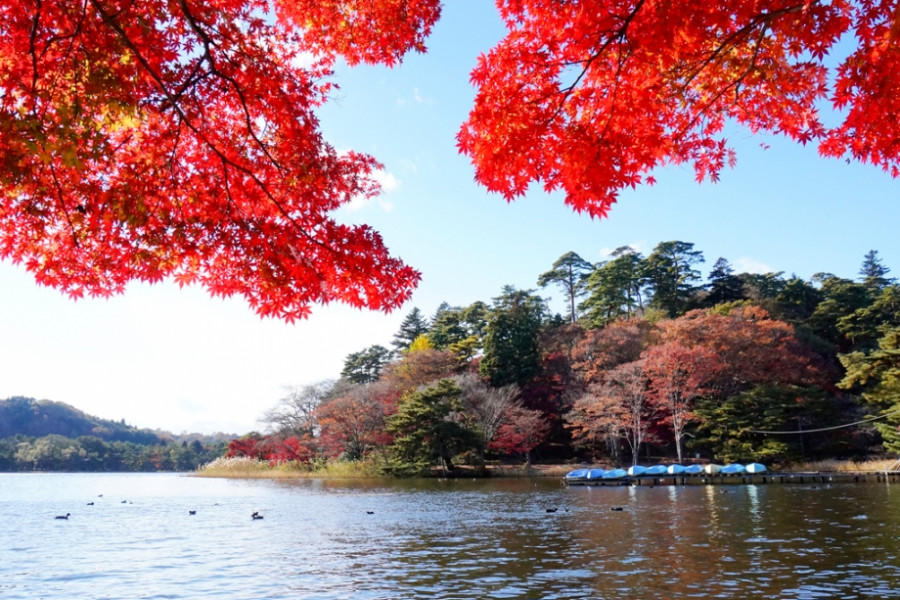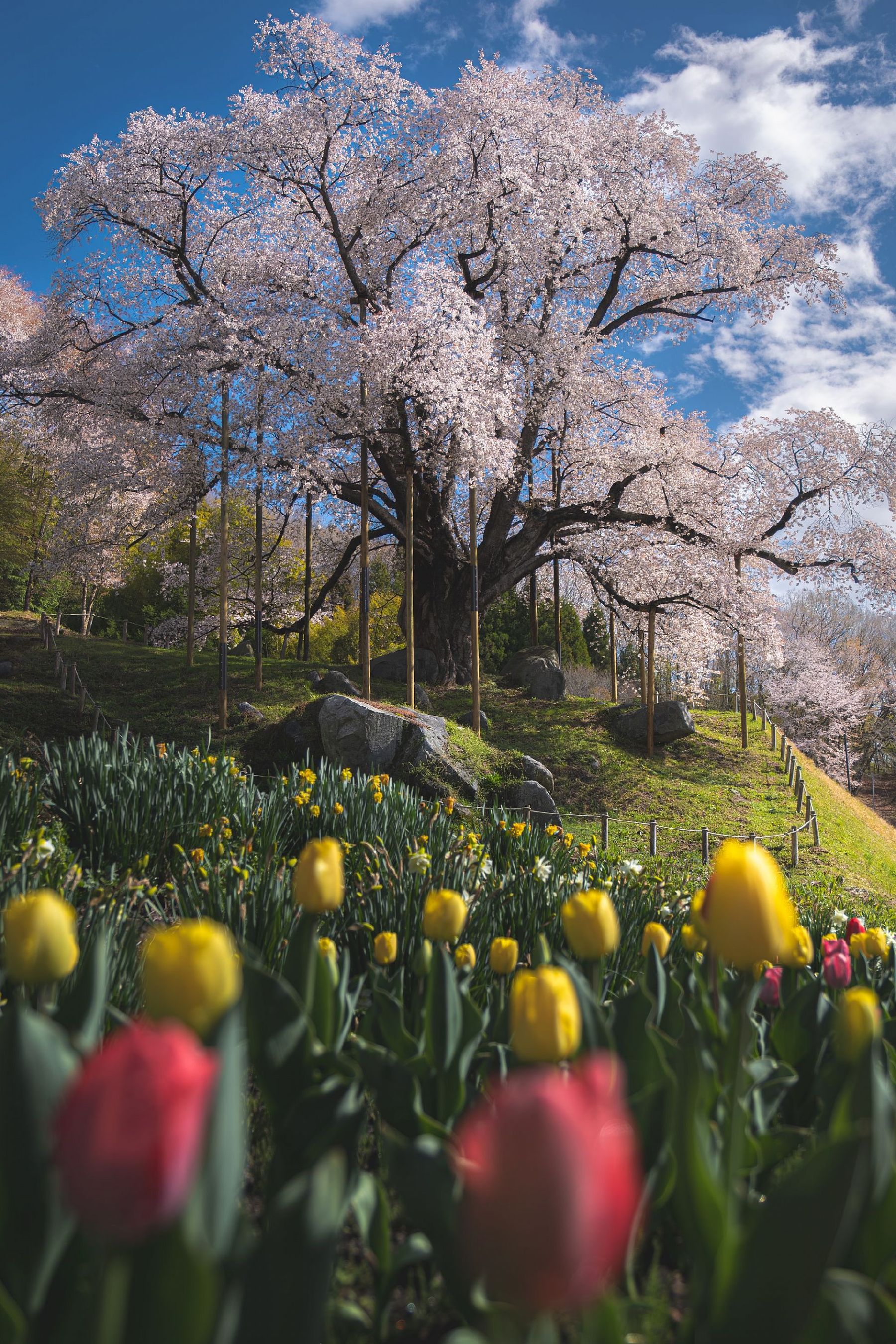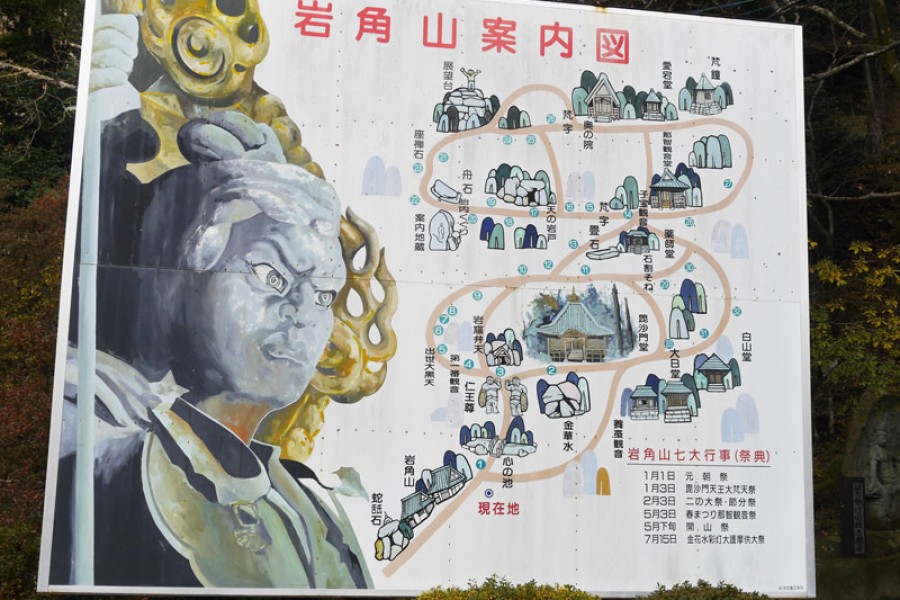
Mt. Iwatsuno
Mt. Iwatsuno is the name of a hill in Motomiya City which is populated with numerous temples, shrines, carvings, statues, caves, and other ancient things. Mt. Iwatsuno has long been known as a place for Shugendo and other religious training for Buddhist monks from the school of Tendai. One of the most notable of Mt. Iwatsuno's temples is Gankakuji Temple, which was founded in 851. Other highlights include Okunoin, located at the top of Mt. Iwatsuno, which was built in the Kamakura Era, and Bisshamondo, which was rebuilt in the mid-19th century. Mt. Iwatsuno can be explored on foot in around 1 hour, but visitors can easily spend longer if they want to explore all of the hidden treasures the hill has to offer. It's possible for groups to do Zazen meditation on the hillside if visitors contact Mt. Iwatsuno in advance (bookings must be conducted in Japanese).
